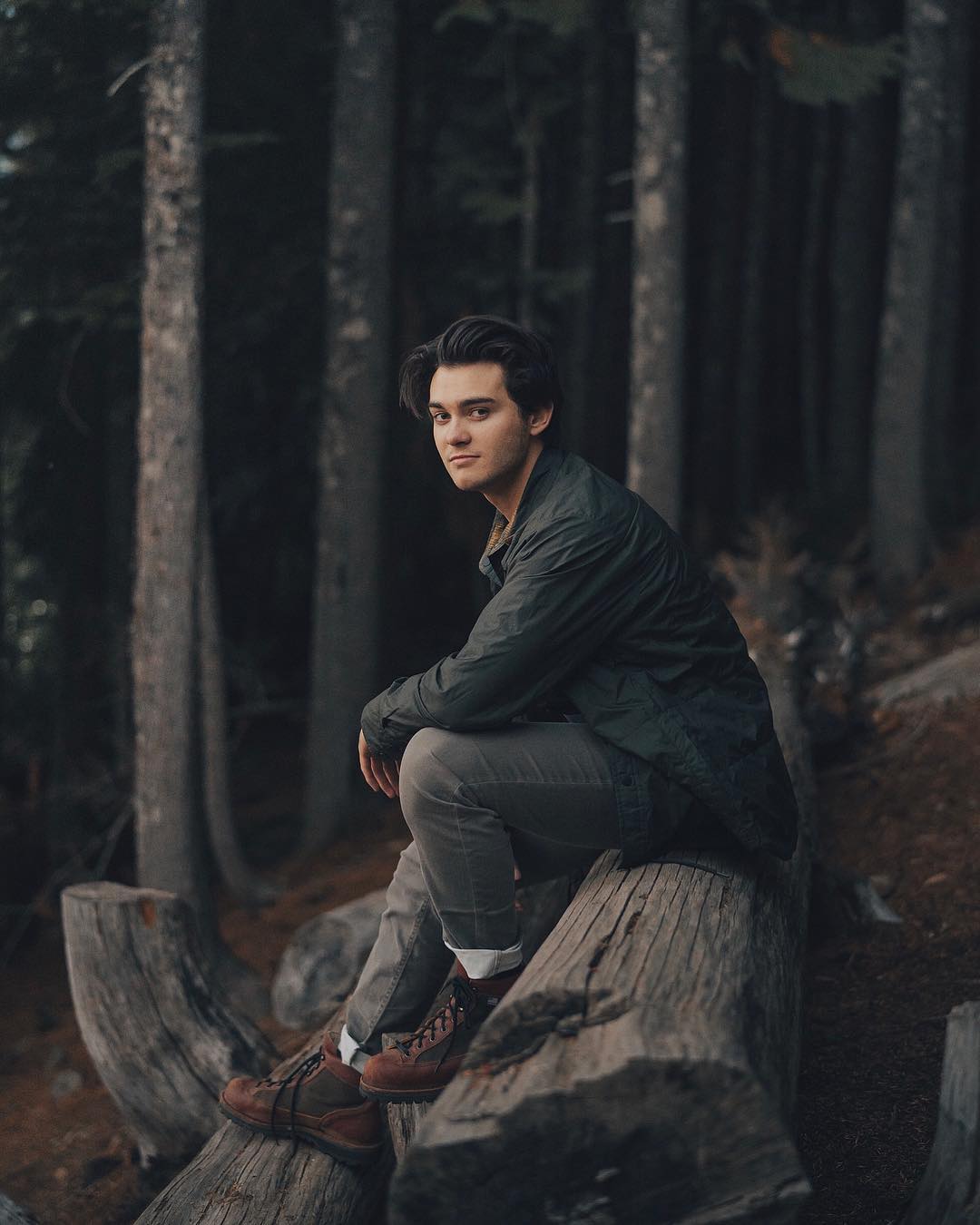
Hybrid Shooting
Photo and video go hand in hand. While photo captures one moment, video can capture multiple movements creating a feeling. Being able to do both allows hybrid shooters to tell more interesting stories.
Don’t Be Intimidated
Whether you’re more experienced in photo or video, don’t be intimidated by the other. If you’re interested in doing both, it’s worth the work to get there.
Plan Ahead
Create a storyboard and write a script beforehand, so you don’t go in blind. Putting your concept on paper will keep you focused on getting what’s necessary, so you don’t get lost in an entirely different direction while on location.
The script is a pre-written concept that will be shot on film. In a script, the movement, actions, expression and dialogues of the characters are narrated.
The storyboard is a graphic representation of how your video will unfold, shot by shot. It’s made up of a number of squares with illustrations or pictures representing each shot with notes about what’s going on in the scene as well as the shot type (establishing, wide, close-up, etc.).
Know Your Camera
Understand the custom buttons on your camera, what’s going on internally, and the optimal settings (depending on what you’re shooting). Going back and forth between photography and videography, can easily jumble settings. Make sure you grasp the importance of shutter speed, frame rate, etc.
Frame rate (also known as FPS or frames per second) is the number of individual frames in each second of video. The most common frame rates are 24, 25, and 30.
Shutter speed is the amount of time that each frame is exposed. In video, shutter speed is almost always in fractions of a second. If you set your shutter speed to 60, that means each frame is exposed for 1/60th of a second.
As a rule of thumb, you want your shutter speed to be approximately double the number of frames per second that you are recording. So, if you’re recording at 30 frames per second, you want your shutter speed to be 1/60th of a second.
Like any good rule, it’s okay to break these just make sure you know why you’re doing it. Generally speaking, a shutter speed below double your frame rate will give you more motion blur while a shutter speed more than double your frame rate will give you sharper (and sometimes jittery) footage.
Use an ND Filter
An ND (Neutral Density) filter is like sunglasses for your camera. It allows you to maintain the 180 degree shutter rule even in harsh lighting.
Tell a Story
Use motion to create emotion. It’s important to get a variety of transition shots as well as shot types: wide, medium and close-up in order to tell the full story within the scene.
Cas Sheridan
Hybrid Shooter
Cas Sheridan is a photographer and cinematographer from Colorado.
Having had a close connection with the outdoors, his camera has allowed him to document, enhance and continue that connection. His work focuses on capturing vast landscapes all over the world, to the small moments along the journey.
His goal is to tell a story which engages with an audience to think in a different way about a brand or place.
AOV: To The Point
We created this micro series for quick tips, tutorials, and inspiration to fuel you on your creative journey. Less time watching, more time creating.


Thank you. I found the topic very useful. I did not expect the topic to be so useful. It is a bit of a long article, but useful content